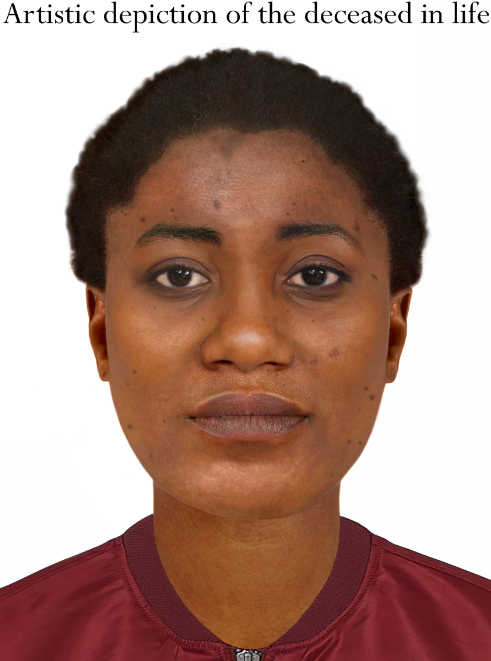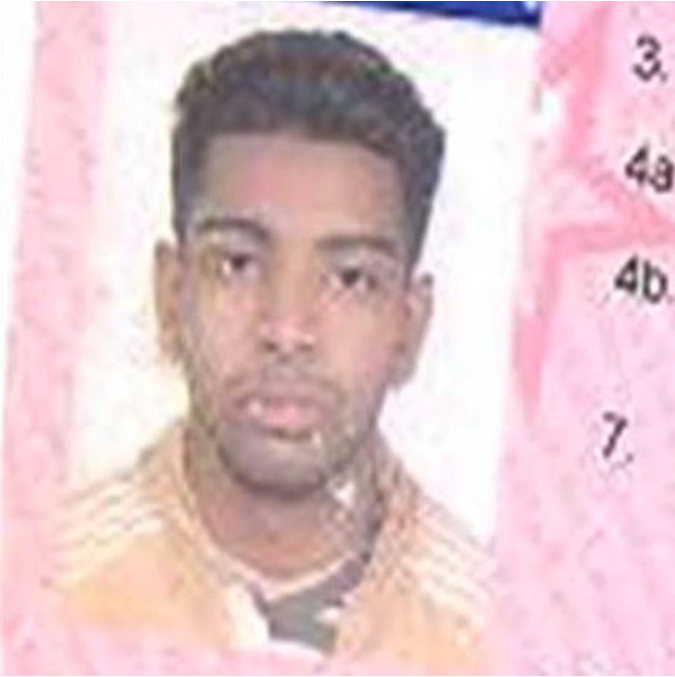On October 29, 2004, a woman was seen to jump from the 21st floor of a tower block in Wembley, carrying with her an oil painting, a bus pass, a Guardian newspaper, and more. She has never been identified. Almost six years later, on June 26, 2010, a man with many unique tattoos jumped from a bridge onto the train tracks near North Acton Railway Station. He has never been identified. Finally, on January 10, 2011, a young man’s body washed up on the shore at Ballast Quay, Greenwich. Despite specific numbers tattooed on the back and base of his right hand and even a name, ‘Kamal’, tattooed on his right upper arm, he has never been identified.
‘Wembley Point Woman‘, ‘North Acton Man‘ and ‘Kamal‘ are not alone. Roughly 100 unidentified bodies are reported within the UK every year; most are unexpectedly found by dog walkers, hikers or joggers. At the time of writing, London has just under 300 outstanding cases of unidentified bodies and remains, more than any other area in the UK. And the issue appears to be growing. So, with a problem so large, what exactly happens when the police cannot identify a deceased person? And does it differ from what should happen?



In theory, the process is the same across all of England and Wales. When remains are found, the first responders are usually the police. Their initial investigation should seek to discover who the deceased is and whether the death was suspicious. If the death is deemed to be suspicious, the police have an entirely different inquiry on their hands: a murder investigation. However, if they can declare the death as not suspicious, then the primary responsibility of investigation will shift to the coroner.
According to the law, the coroner must attempt to identify the body, along with how, when and where the deceased came by their death. Methods of analyses could include: running body’s fingerprints through existing databases; human tissue analysis (usually from the psoas muscle in the lower spine); or, finally, odontology analysis, which means taking evidence from the body’s teeth.
Thanks to disparate police practices across the country, however, investigations aren’t always carried out in the same fashion.
“In reality, across the 43 police forces in England and Wales, depending on the circumstances of the death and on relationships between the particular coroner area and the police force area, either the police or the coroner might take the primary responsibility for trying to find out who that person is,” says Emma Tilley, a senior review officer at Locate International, a charity trying to help in cases of unidentified bodies and missing people. “There isn’t a code of practice around unidentified bodies and how that investigation should take place.”
The number of distinct police forces is not the only issue, either. According to the Public Health (Control of Diseases) Act 1984, once all the evidence has been taken from the body, local authorities are then responsible for disposing of remains found within their area if there are no alternate arrangements made – which, quite clearly, would always apply to unidentified bodies. However, a lack of records means it is hard to know how the coroner usually decides what will happen to the body, and how often this situation occurs. “Cases of unidentified bodies are not specifically mentioned within any of the guidance online about public health funerals, so it’s unclear whether they’re treated differently,” Tilley says, “it’s not known how many public health funerals for unidentified bodies take place every year because not one agency collects this kind of information.”
The expectation would be that all unidentified remains are buried rather than cremated, to ensure there is some chance of identifying the deceased in the future. Yet both Tilley and Grace Towers, another senior review officer at Locate, have found evidence of unidentified remains being cremated. This means that if a DNA profile was not taken at the time the body was found, future identification is impossible.
Therefore, there is little hope for some historic cases. Even if they haven’t been cremated, exhuming a body for DNA profiling is expensive – and not something the UK police forces currently have the time or resources to do. “If you look on the UK Missing Persons Unit website, you’ll see a whole load of cases in the 1970s, for example. If those unidentified remains have been cremated or buried without DNA testing, there’s zero per cent chance of those cases being solved,” Tilley says.
It’s a huge issue, one that Locate is aiming to solve. In asking volunteers and universities to get involved, Tilley explains, Locate aim to fill the gap that the police cannot. Essentially, they hope to make sure that unidentified bodies cases “are prioritised as much as a high-risk missing person case”.